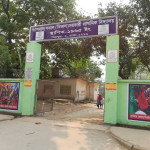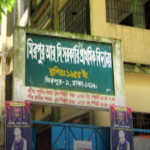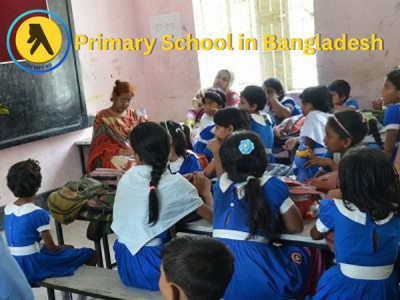All Primary School Details

National Government Primary School
Mirpur-2, Dhaka-1216
A school controlled by the Ministry of Education, Government of Bangladesh. Here you can study from class one to 5. There is a huge field system, no AC system, bathroom facilities. The quality of education is fairly kind. Salary is normal and the conduct of teachers is very good.
Open: 08:00 am
Close: 05:00 pm

Mirpur RC Government Primary School
Lalkuthi Boro Masjid Rd, Dhaka
An old primary school situated 1955.its a primary school. Well environment. Educated teachers and teaching quality good. This is government primary school. which help local kids for learning.
Open: 09:30 am
Close: 03:30 pm

Primary School in Bangladesh
The basis of a kid's educational path is basic education; hence, it is essential to make sure that every child has access to high-quality primary education. Children in Bangladesh between the ages of six and 10 are required to attend free primary school. This article will explore the primary education system in Bangladesh, the difficulties it faces, and some of the steps the government and NGOs have taken to make it better.
Primary Education System in Bangladesh
Primary and junior secondary education make up Bangladesh's primary education system. Grades one through five make up the elementary level, whereas grades six through eight make up the junior secondary level. The national language of Bangladesh, Bangla, is used as the teaching language, and English is taught as a separate topic.
English, mathematics, physics, social science, religious studies, and physical education are all included in the elementary school curriculum in addition to Bangla. The curriculum is created to give students a well-rounded education and to help them learn the fundamentals of literacy and numeracy.
Challenges in Primary Education
Bangladesh faces a number of difficulties in ensuring that each kid has access to a high-quality education, despite the government's efforts to make basic education free and required. Among the principal difficulties:
Access to Education: Despite the fact that elementary education is free and required, many children, particularly those from underprivileged communities, lack access to it because of poverty, a lack of infrastructure, and cultural traditions. Girls are frequently married off at a young age in rural areas because many parents do not prioritize education for their daughters.
Education Quality: Many elementary schools offer subpar instruction, despite the curriculum's intention to give a well-rounded education. The teaching methods are out-of-date, and the teachers are frequently underqualified. The quality of education is also hampered by a shortage of infrastructure, including classrooms, books, and instructional resources.
Gender Disparities: In Bangladesh, gender differences in early education are common. Girls are frequently at a disadvantage because of cultural expectations, poverty, and a lack of infrastructure, despite the government's efforts to promote gender equality in schools.
Improvements to Primary Education
To promote primary education in the nation, the Bangladeshi government has undertaken a number of programs with the help of NGOs and international organizations. Here are a few of these initiatives:
Education for All: The Bangladeshi government has made a commitment to fulfilling the Education for All objectives, which include giving all children access to high-quality education. To accomplish this, the government has put in place a number of initiatives, including the Primary Education Development Program and the National Plan of Action for Education for All.
Teacher Training: To raise the standard of education, the government, in collaboration with NGOs and foreign organizations, has put in place teacher training programs. The initiatives emphasize raising teaching standards, encouraging gender equality in the classroom, and offering instruction on the use of technology in education.
The construction of additional classrooms, the provision of textbooks and teaching aids, and upgrades to the sanitation system are all examples of government attempts to improve the infrastructure in elementary schools. In order to give pupils nourishing meals, the government has also launched the School Feeding Program.
Girls' Education: To encourage girls' education, the government has put in place a number of initiatives with the help of NGOs and international groups. These initiatives center on combating cultural conventions that prevent girls from obtaining an education, giving girls financial aid, and encouraging girls to enroll in school.
No Review